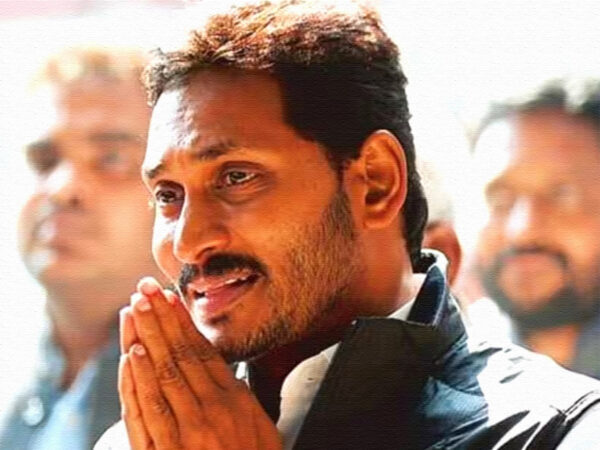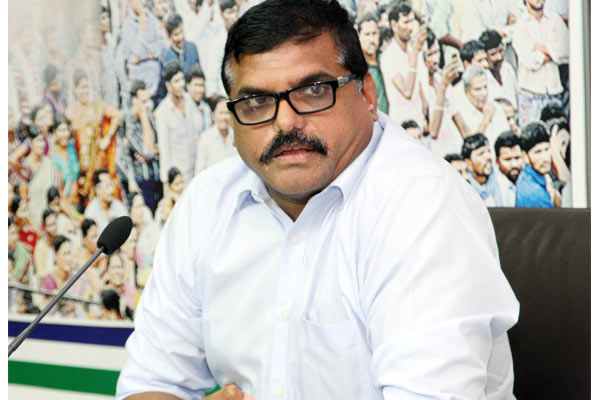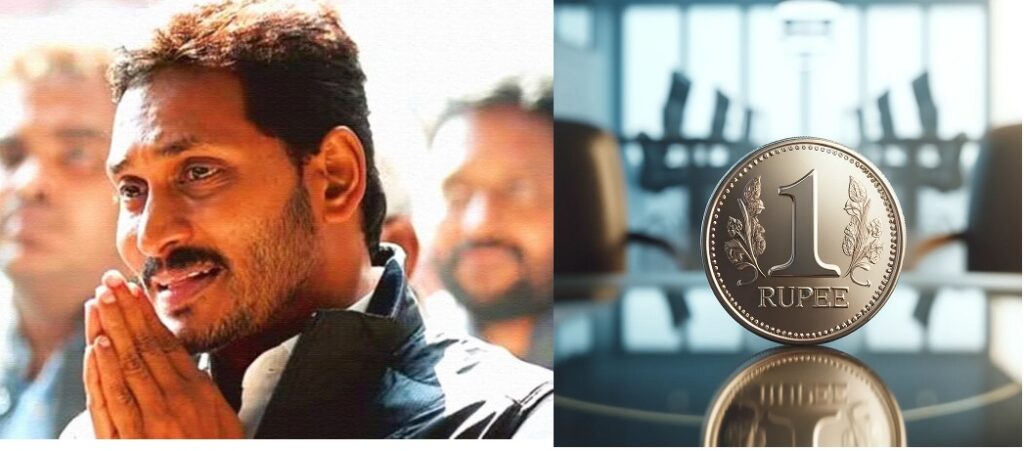Kautilya was no Machiavelli, he is probably the most pre-eminent economist in historical past

Much of the literature on Kautilya focuses on his views associated to international coverage and state administration. Many researchers (Saran 2018) have additionally appeared on the geo-political dimensions of Kautilya’s views. These additionally cowl a variety of points in state administration amongst others. Kautilya’s views have additionally been used as enterprise and self-help concepts (Pillai 2019) which have gained recognition among the many lots. Moreover, there have been additionally many fictional interpretations (Sanghi 2012) of Kautilya which have captured the creativeness of many readers.
Does the Arthashastra Cowl All that Is Out there Right now in Financial Policymaking?
Even probably the most ardent admirer of Kautilya would agree that the Arthashastra doesn’t represent all of at present’s policymaking concepts and theories present in financial textbooks. Nonetheless, it does present a complete set of concepts that function foundations for a lot of macro-economic ideas and stay related in up to date instances. These concepts are sometimes attributed to Adam Smith’s Wealth of Nations in up to date financial discourse, however a few of us really feel in any other case. Glorious books, like B.S. Sihag’s Kautilya: The True Founding father of Trendy Economics, give attention to the theoretical foundation for Kautilya to be the pre-eminent thinker of financial concepts a lot earlier than the likes of Adam Smith.
Was Kautilya the Originator of These Concepts within the Arthashastra or Did He Compile Them from Pre-eminent Works earlier than His Time?
Kautilya himself admits that a few of his concepts have been impressed by historic works such because the Ramayana and the Mahabharata amongst others. In a paper with Deodhar (2020), I’ve articulated how our purusharthas, Vedas and Puranic texts have many tenets of financial considering earlier than Kautilya. Whereas his concepts are a conglomeration of erstwhile texts, Kautilya additionally gives a personalised contact to the Arthashastra, along with his concepts and views. So sure, Kautilya wasn’t the only originator of those concepts however he was the closest to convey them collectively in an applicable kind (although it’s nonetheless removed from a contemporary framework) throughout his time.
Additionally Learn: Hidden agendas, corruption, tokenism—why social work and politics can not survive collectively
Was He Extra of a Strategic Geopolitical Thinker or a Political Economist?
This query varieties the core of this ebook. A lot of the discourse has been on Kautilya’s views on geopolitics however there appears to be an inherent political economist driving it. In contrast to his contemporaries, Kautilya appears to have saved economics as a basis for the geopolitical progress of his kingdom. Even the title of the Arthashastra has artha (wealth) as its central theme, not one thing like defence (raksha) or state (rajya). In that sense, whereas he’s perceived as a strategic geopolitical thinker, in actuality he was a political economist who considered economics as a method to attain prosperity and geopolitical enlargement.
What Is His Legacy In comparison with Different Historic Political Thinkers?
His legacy is commonly considered by means of the lens of up to date Western thinkers. A lot of the literature means that there was a Machiavellian streak to him and that his geopolitical methods (which incorporates spying and different questionable practices) take centre stage. There are three distinct explanation why I disagree with this comparability. First, the intentions of each authors are very completely different. As talked about by Ray in his 1999 ebook, Custom and Innovation in Indian Political Thought, Machiavelli’s main goal was to take care of the rule of the king. Kautilya, then again, has explicitly talked about many a time that the principle goal of the textual content is the ‘yogakshema’ and ‘rakshana’ of the themes, that’s, the welfare, safety, and administration of the folks. Not often does one discover Kautilya glorifying the king, his character, or his rule in isolation—even in cases the place he talks about political energy, the principle goal is to profit the folks. That is in direct distinction to the Machiavellian textual content, The Prince, provided that the Arthashastra is written by means of a unique lens. Second, the comparability with Machiavelli falls brief when considered by means of an financial lens. Most of the comparisons must be alongside the strains of historical financial thinkers similar to Adam Smith and Jules Dupuit.
Third, the narrative on Kautilya just isn’t simply comparable with different people in several eras primarily due to the range and complexity of ruling such an enormous space of land. Furthermore, the socio-cultural dynamics of Kautilya’s time are very completely different to that of the Western world. In that context, comparisons with different historic political thinkers are sometimes an opportunistic however futile train. Moreover, India’s financial survey carried out in 2020 has an fascinating field merchandise that reinforces this misaligned comparability with Machiavelli and likewise compares his considering with Aristotle and Adam Smith.
![]() This excerpt from Sriram Balasubramaniam’s ‘Kautilyanomics for Trendy Instances’ has been printed with permission from Bloomsbury India.
This excerpt from Sriram Balasubramaniam’s ‘Kautilyanomics for Trendy Instances’ has been printed with permission from Bloomsbury India.




